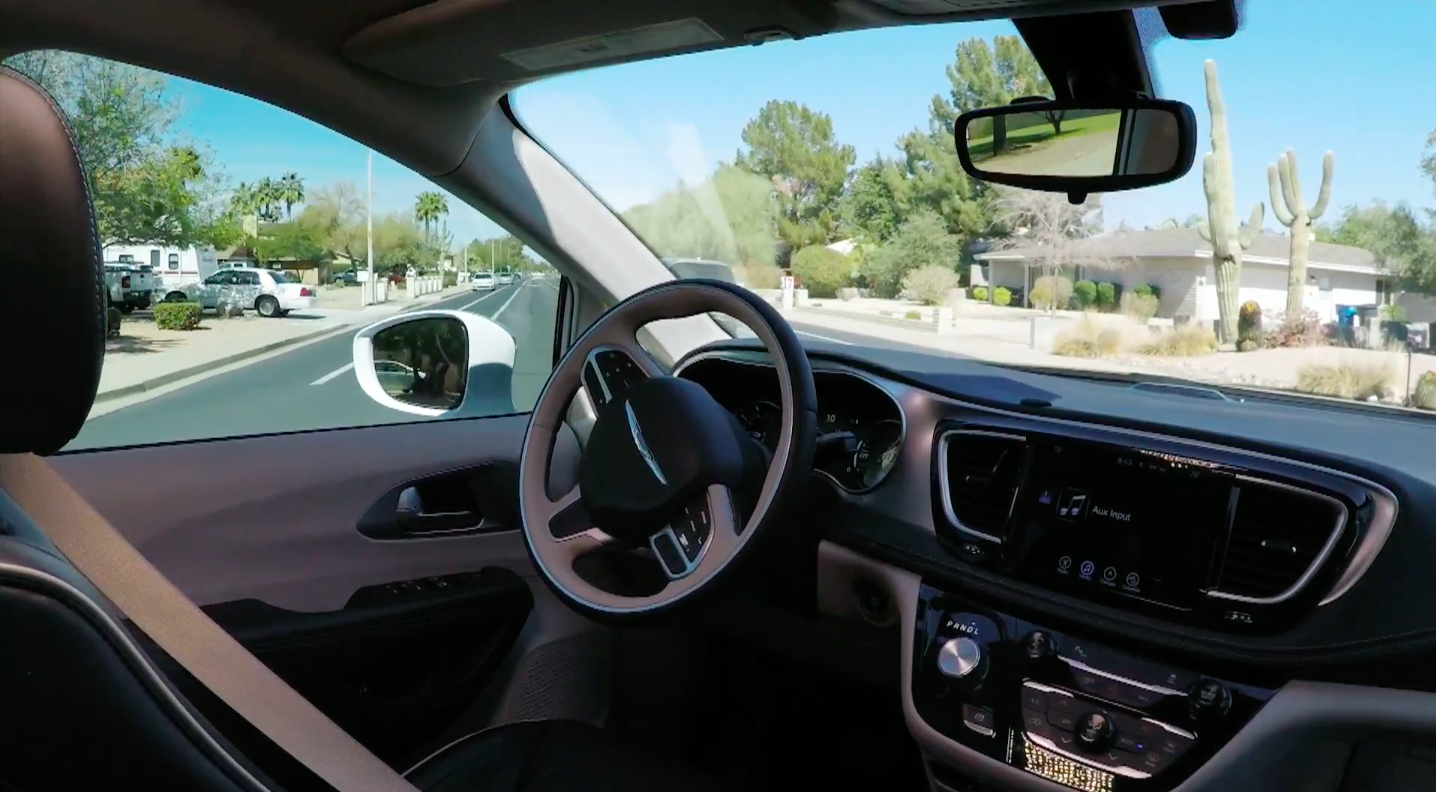In a huge surprise, Google invited Waymo CEO John Krafcik on stage at its I/O 2018 developers conference. Waymo has not been part of Google since December 2016 — it’s an Alphabet company. Google presumably made an exception because Krafcik had big news to share: Waymo’s self-driving car service is launching in Phoenix, Arizona “later this year.”
Waymo already has self-driving cars in Phoenix, but launching a service means anyone in the city will be able to download the Waymo app and hail an autonomous vehicle. Waymo won’t be requiring someone to sit in the driver’s seat, either.
“We’re not just building a better car,” Krafcik said onstage. “We’re building a better driver.”

June 5th: The AI Audit in NYC
Join us next week in NYC to engage with top executive leaders, delving into strategies for auditing AI models to ensure fairness, optimal performance, and ethical compliance across diverse organizations. Secure your attendance for this exclusive invite-only event.
The theme here was clear: Google may be obsessed with AI, but Waymo depends on it for absolutely everything. In other words, AI advances in image search and speech recognition are cute, but Google’s AI researchers are helping Waymo drive self-driving cars.
Waymo’s self-driving engineers have been working side-by-side with the Google Brain team to apply deep neural nets to the Alphabet company’s pedestrian detection system. Specifically, Krafcik revealed the two teams used deep learning to reduce Waymo’s error rate for detecting pedestrians by 100-fold. This was achieved within a matter of months.
Krafcik made clear that Waymo is not going to be a one-stop shop. Self-driving isn’t a solution that one division can solve. As such, Waymo will be partnering with multiple companies to bring self-driving cars to more cities. But that didn’t stop him from claiming Waymo is ahead of the pack by saying it’s the only company in the world with a fleet of truly autonomous cars on public roads.
Waymo CTO Dmitri Dolgov was also on stage. He shared that Waymo has driven 6 million miles on public roads so far. More impressively, he said Waymo’s fleet drives more in a single day than the average U.S. driver does in a year. Waymo also tests its machine learning models in simulation, where the system drives the equivalent of 25,000 cars operating 24 hours every day, in order to improve its neural nets.
The self-driving vehicle movement is really starting to gain steam, and Waymo is playing a pivotal part in the process. A few months back, Waymo revealed it was piloting self-driving cargo trucks for Google’s Atlanta datacenters, while it also announced a partnership with Jaguar to build a fleet of all-electric self-driving cars. It’s clear that technology and automotive firms are going all-in on vehicular automation, but until the public can finally start riding in self-driving vehicles at scale, it will remain the stuff of science fiction in many people’s minds.
And that is why the news announced by Waymo at Google I/O 2018 today is particularly notable. It will soon begin testing a passenger program in Phoenix, which isn’t the first time such a program has been announced — but doing so without a human sitting in the driver’s seat is a big development in the push to normalize driverless cars.

